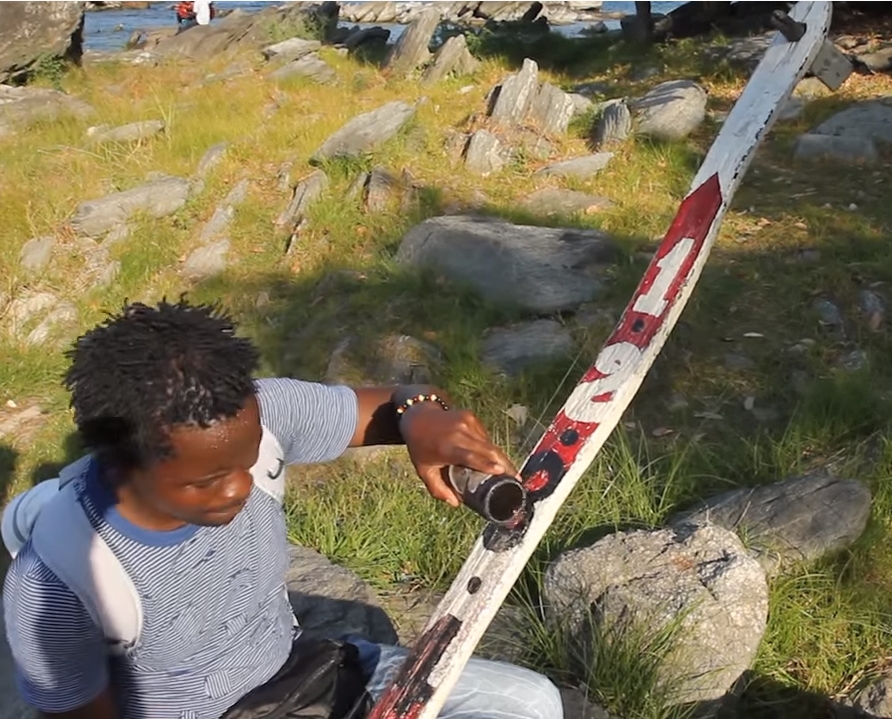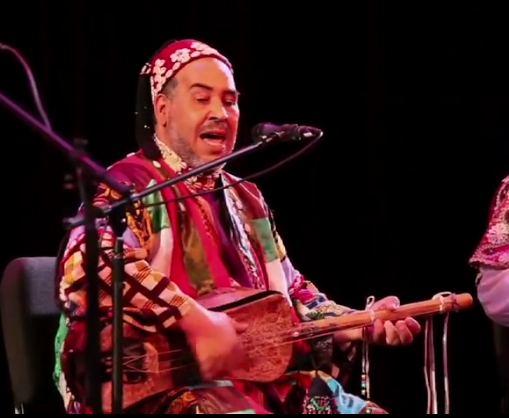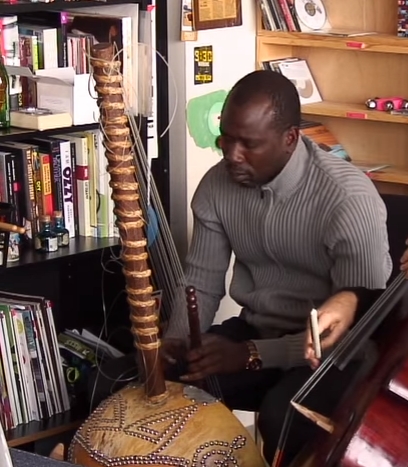Gasper Nali and his Babatoni
Some days ago I have discovered a video with Gasper Nali and his huge one string guitar Babatoni. Gasper Nali is a musician from Malawi, he has built a huge one stringed kind of guitar and uses this instrument to accompany his songs. He also uses a selfmade foot drum as a percussion instrument. Gasper …



